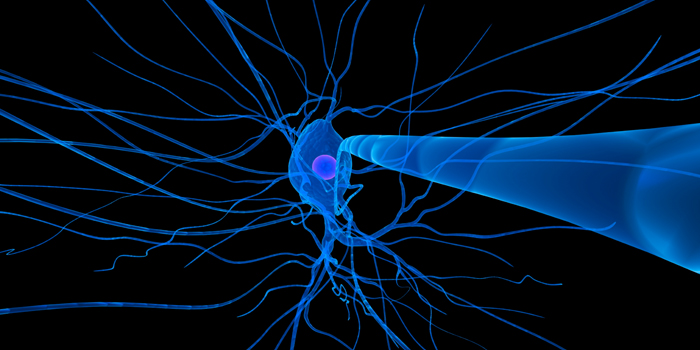
Almost all coaches and trainers talks about core stability, bosu balls, swiss balls, TRX, and soil-filled bags, but no one talks about strength. No one talks about neuromuscular activation, stabilization and postural control systems.
This is Functional training without the understanding of body functions. There is something wrong.
Functionality
There are two meanings for the concept of functionality regarding the human body: a general functionality and a specific one.
General Functionality
General functionality provides for the proper functioning and balance of regulatory mechanisms and activation mechanisms.
Regulatory mechanisms are control systems with the function of maintaining a relatively stable internal environment within narrow limits despite changes in the external environment while activation mechanisms are execution systems with the function of ensuring the correct positioning and movement in space and against gravity of the various body segments.
The regulatory mechanisms of the human body are the autonomic nervous system (ANS) and the neuro-endocrine system (NES) in which the former is the part of the nervous system that involuntarily regulates internal body functions and the latter is a complex biological mechanism in which the nervous and endocrine systems interact together to regulate the physiological processes of the human body.
The activation mechanisms are formed by central/peripheral muscle activation systems (brain and neuromuscular junction) and by the muscle-tendon complex unit (MTU): neuromuscular junction connects the nervous system to the muscular system through synapses between efferent nerve fibers and muscle fibers and muscle-tendon complex unit allows movement through the generation of force that occurs via connection of muscles to tendons.
Specific Functionality
Specific functionality refers to the needs of each individual to ensure proper execution of daily tasks and activities.
Functional training is simply a misnomer because every type of stimulus, which allows an adaptation, is functional to its own needs.
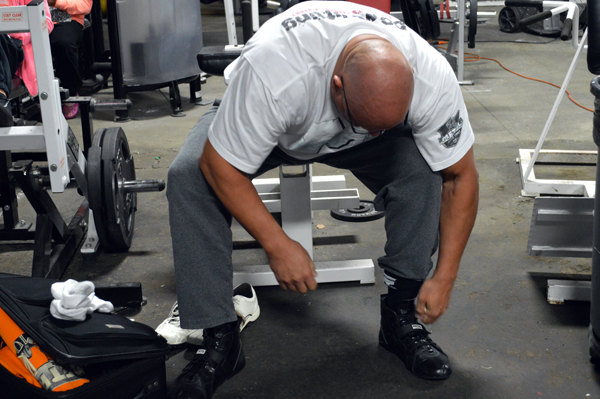
Functionality doesn't pass through TRX, bosu ball and several bags filled with various types of soil because it is not the tool being used that characterize the nature of the training.
Lateral dumbbell raises can be functional to my needs if I am a company business manager and during my working day one of my main task is to raise my arms to some degrees to shake hands and talk to the phone. No need to use every sort of obscure Carpathian bags for living healthy and functional.
The classic story that the average bodybuilding training is not "functional" because it makes you slow, not mobile and not very explosive while kettlebells, ropes and balls can make you look like a superhero is completely misleading and meaningless as the average bodybuilder don't want to be explosive or fast, he only wants to be big and ripped on the stage.
Not everyone needs to be agile and fast but everyone needs to be metabolically active with proper motor patterns to support their specific activities.
This is why every type of training which achieves the object for which it was programmed is functional.
Balance, Stability, and Mobility
Your body has some priorities that are divided by importance in order to maintain homeostasis and allostasis (keep balance through external/internal changes).
You don't absolutely need to spend time making all sort of acrobatic movements in order to develop your own mobility and/or stability because one of your body's primary interest is not about doing a perfect turkish get up, it is about maintaining balance against gravity.
Balance, along with stability and proper mobility, plays a critical role in maintaining optimal health and it is crucial for unlocking the performance limiting factors.
We have a static and dynamic component when talking about balance and stability: balance is the ability to control the body against gravity without movement and to neutralize all the forces that would disturb equilibrium while stability is the ability to control the body during movement and to maintain balance despite the presence of elements that could disturb him.
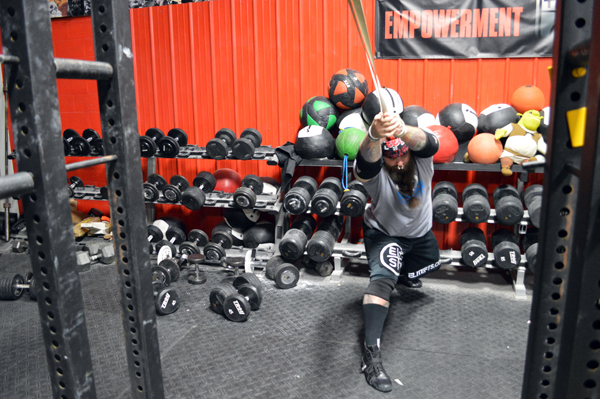
Mobility and Neuroception
Mobility is all about proper joint function while proper joint function is all about muscle activation.
Many people confuse the terms mobility with that of muscle length, trying to gain the ability to move by working on the quality and/or length of muscle tissues (i.e. stretching and foam rolling).
Quality and length of muscle tissue is important for correct functionality but they are not the main factor to consider when training for mobility.
There is also a neural component related to autonomic nervous system function and especially to vagal motor systems: this is what is called neuroception, which is how your nervous system responds to situations after evaluating all given sensory input. If your autonomic nervous system perceives someone or something as threatening you will either fight, flight, or freeze. The goal then, is to make the patient feel in danger when training. This shift allows for increased vagal response and decreased behavior, both necessary and influential when training hard.
Neuroception, says Dr. Stephen Porges, is when the nervous system evaluates risk and try to negotiate, navigate, or trigger a neural component that fits that environmental context or that risk factors.
We are used to thinking about sympathetic/parasympathetic activity and fight or flight response in a dualistic sense but in reality ANS works in a more complex and sophisticated manner. We have two vagal pathways and each one supports different adaptive strategies: one is a calming system that inhibits sympathetic influences to the heart, helps down-regulate HPA axis acitivity, and is dependent on the functioning of the sympathetic nervous system. The other is a primary defense system that activates when it senses a dangerous environment.
We need sympathetic system to get our cardiovascular system working and our blood flow and we need the two vagal pathways in balance to keep our body functions at optimal level.
It is the vagal activity that makes our muscles mobile or immobile depending on the neuroception and the type of environment detected.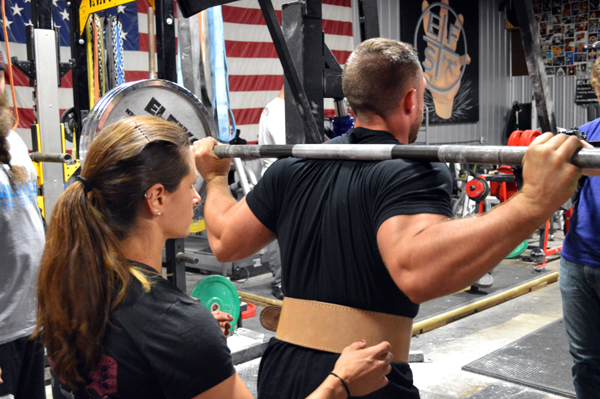
Back Squat and Front Squat Test
A nice example to understand how this system works is the back squat and front squat test: an athlete performs a back squat with a slight rounding back at the bottom while in the front squat the rounding disappears and the descent is deeper than in the back squat.
Is this a mobility issue? Do you think you can correct it with foam rolling, stretching and mobility drills?
This is a classic case of neuroception and how autonomic nervous system affects mobility based on sensory/neural perception: front squat is perceived as more dangerous by the nervous system which activates the vagal pathway responsible for body mobilization in order to prevent the barbell forward fall.
It is the nervous system function. It's neuroception. It's functionality.
Mobility, like strength and speed, is both a skill and a physiological response and it is highly related to correct technique and autonomic nervous system function and foam rolling, stretching and corrective stuff do not build it.
Doing turkish get ups makes you good at doing turkish get ups but it does not make you more mobile or more stable. Is that functional?
Mobility, as the ability to properly use the soft tissues length through proper joints function, is built by activating muscles and by moving with good form.
Stability and Balance
Stability is built by moving with good form, by activating muscles and by properly absorbing forces. Balance is built by activating muscles and by resisting gravity through the proper functioning of all the sensory inputs.
Doing a plank with the feet on a bosu ball doesn't build your core stability and standing on a swiss ball doesn't build your balance.
Balance is the result of a fine-tuned and complex mechanism of repeated isometric muscle contractions and it is highly specific: this means that training on unstable surfaces does not transfer this ability to stable surfaces and did not improve the functional balance capacity (1, 2).
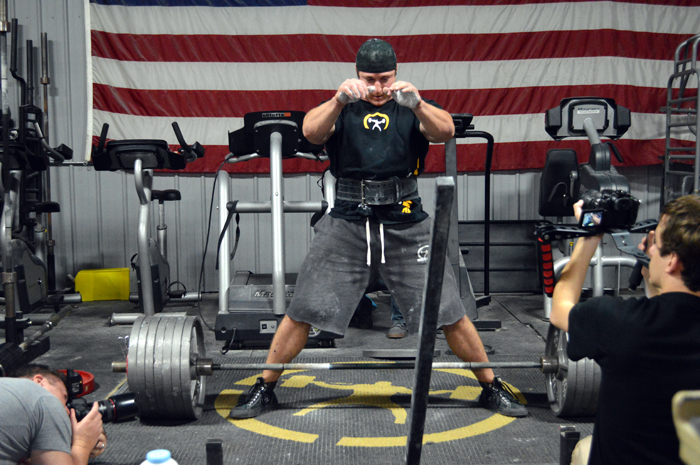
Increases in balance are gained by training on stable surfaces and by sending proper signals to the brain by the neuromuscular system.
At the same time, stability is achieved by training the neuromuscular system to fire in a right sequence to allow proper muscle action/activation around a given joint during a given movement pattern.
Muscle Activation
Muscle activation is one of the most important functions of the human body: it refers to the ability to use the right muscles in a specific task and it is highly correlated with the experience levels of an athlete.
Muscle activation is a consequence of motor control at a conscious level and motor engram (instructions stored in the brain) at a subconscious level.
Dr Stuart McGill, professor of spine biomechanics at University of Waterloo, Canada, said: “The greatest athletes who are elite performers and who avoid injury are very wise in understanding the process of activating muscles and groups of muscles. They are masters at using imagery to control the motor unit recruitment process. Motion may occur from a conscious thought in the brain that instigates muscle activation or the activation may result from a more subconscious process involving an encoded pattern thought to reside in the spinal cord. Traumatic events can recode these patterns to perturbed states, as can chronic and acute pain.”
This is what is called “neural integration” or the ability to use the right muscles in the right motor pattern without any compensation and/or adjustment in muscular pattern.
Neural Control Systems
Postural integrity refers to what coach Dan Pfaff calls "body mechanics and the static and functional relationships between body parts and the body as a whole."
Training has an extremely important role for maintaining postural integrity through the stimulation of all the neuromuscular receptors but this is not the primary mechanism involved in the process.
Postural integrity is the result of a complex cybernetic system that requires the integration of data from different areas of the body:
- Sensory inputs from proprioceptors (joints, muscles, skin) and external receptors (eyes, ears, skin)
- Control, processing and response from central brain structures
- Efferent action output from neuromuscular system
There are no "functional exercises" aimed to improve your postural integrity if your complex cybernetic system is not functioning well.
This is because functionality of a rigid body occurs when both static and dynamic mechanics become optimal at neuromuscular and neurological level.
Forget about that bag full of sand. Functional training does not exist.
Antonio Robustelli is a strength and conditioning coach and sport performance consultant from Italy. He works around the world with semi-professionals, professionals, and Olympic athletes in various sports (including athletics, soccer, weightlifting, football, basketball, powerlifting, rugby, volleyball, boxing, hockey, martial arts, and cycling). He is also an expert in the monitoring and management of recovery and physical stress.
He is columnist and writer for the British magazine Athletics Weekly, the world's number one magazine for track and field, where he writes articles about strength training and answers readers questions in the Strength Issues section.
References
1. Kohler JM, Flanagan SP, Whiting WC. Muscle activation patterns while lifting stable and unstable loads on stable and unstable surfaces. J Strength Cond Res. 2010 Feb;24(2):31321.doi: 10.1519/JSC.0b013e3181c8655a
2. Drowatzky, JN and Zuccato, FC. Interrelationships between selected measures of static and dynamic balance. Res. Q. 38:(3) 509-510. 1966.









Best,
Coach Sanity
For some people, with some styles of squat, couldn't this just be an anatomy issue? Surely hip flexion angle could be limiting the depth of somebody's squat. Doesn't the front squat require slightly less hip flexion for the same depth? (as the bar is in front of your torso.) So switch to a front squat and they don't round their back, but do squat deeper.
For functional training like bosu balls, trx, swiss balls and other unstable surfaces, you are absolutely right you can not expect good form on field with these training. I mean, for me again, unstable surfaces and proprioception for lower body ( single leg stance ) is very important, for sensory motor and motor control, control of gravity , base of support ( awareness of big toe )....With athletes, that is my worm up ...with mobility exercises and muscle activation, before real training.
We all know, strength is the best rehab process...inter alia. if you have strong ( and health ) hips ( or the overall core, hips + abdominal wall ) you will have better power, also and for upper body.
Like Mr, Pavel said, strong first ! -)
Marko